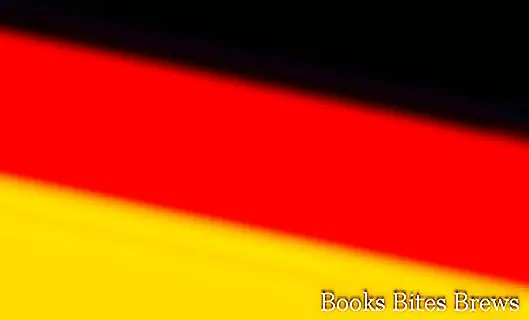Tourist information Germany, including all the useful things to know before departure, for a trip or vacation in this state of the European Union.
Germany in a nutshell
- Capital: Berlin
- Area in sq km: 356,957
- Population: 82,440,000 (first half 2001)
- Religion: Protestant (42.4%), Catholic (35.4%), Muslim (2.2%) as well as Orthodox and Jews.
Where is it
European country bordering Denmark to the north, Poland and the Czech Republic to the east, Austria to the south and south, Switzerland to the south west, France, Luxembourg and Belgium to the west, north west with the Netherlands, Germany is bathed in the north by the North Sea and the Baltic Sea.
To the south, the northern slope of the Alpine chain (Bavarian Alps) slopes down into the Swabian-Bavarian plateau where the right tributaries of the Danube flow.
The central part of the country is made up of a mountainous region (Mittelgebirge) of medium altitude.
To the north, the landscape of Germany is characterized by lowlands. The coasts are low and dune fronted by festoons of islands and engraved by the estuaries of the rivers.
In the more western regions, which have a rainy climate, broad-leaved trees (e.g. beech) have developed, in the central and southern regions there are mainly conifers (firs, pines).
On the border with Poland there are grasslands, on the coast instead heather-like heaths predominate, the woods cover the eminent parts of the hills.
Hydrography
Germany is rich in rivers, a good part of which are navigable; joined by channels they form a valid connection network.
The main rivers are the Rhine that originates in the Alps, the Danube that welcomes the waters of the basin between Selva Nera, the Alps and the Swabian-Franconian Jura, the Elbe that originates in the Giant Mountains, its estuary houses Hamburg, the port most important German, the Weser which at the end of its course bathes the city of Bremen and the Main which crosses the city of Frankfurt.
Germany's largest lake is Lake Constance (Bodensee) on the border with Austria and Switzerland.
Climate
The climate of Germany can be defined as Atlantic because it is open to ocean influences since there are no very high peaks, therefore with fairly regular rains during the year with the absence of excessive changes in temperature.
Recommended readings- Dresden (Germany): what to see
- Octoberfest (Germany): beer festival in Munich
- Stuttgart (Germany): what to see
- Hamburg (Germany): what to see in the main port
- Hohenfurch (Germany): what to see
It should be noted, however, that in the internal and eastern part of Germany the climate is continental with a greater temperature range and less rainfall.
Population
The western regions of Germany are the most densely populated ones.
Of the eastern regions the most populated is Saxony.
Numerous immigrants live in Germany, especially Turks and later also Slavs, Italians, Greeks, Poles.
There are also national minorities including the Sorbians who are Western Slavs and live in the Lusatia region located in the states of Saxony-Brandenburg, the Frisians who speak a language very close to English, the Danes who live on the border with Denmark.
In the rural areas north of Germany the Lower Saxon is spoken.
Time zone
Germany time is the same as Italy throughout the year.
Spoken language
The official language spoken in Germany is German.
Economy
Germany has a solid economy, in which the service sector prevails, and industry is very important, especially the automotive and mechanical, electrotechnical, chemical, iron and steel sectors, as well as environmental technologies and nanotechnology.
Agriculture, although having a marginal role, has an interesting production in the field of animal husbandry and in the cultivation of potatoes and cereals.
When to go
To visit Germany it is suitable every period of the year, considering that in summer temperatures decrease going north, instead in winter, proceeding south-east the climate is less rainy and with lower temperatures than in the western and northern part of the country .
Necessary documents
In order to enter Germany, Italian citizens need an identity card valid for travel abroad or a passport. The country is part of the European Union and adheres to the Schengen agreement.
Phone
- To call from Italy to Germany the number to do is 0049 followed by the prefix without the initial 0 and the required number.
- From Germany to Italy, the subscriber number must be preceded by 0039.
Electricity
Electricity in Germany is 220 volts.
Currency
The official currency in Germany is the euro. Credit cards are accepted and ATM withdrawals are possible.
How to get
plane
The airlines Lufthansa, Air Berlin and Alitalia together with various low cost airlines, including Ryanair, Tulfly and Germanwings, guarantee the connection between the Italian and German cities.
Train and bus
Railway connections are also valid, as well as those by bus.
Car
To travel to Germany by car, you have to cross Austria via the Brenner pass, or Switzerland via the San Bernardino pass or the Gotthard pass.




